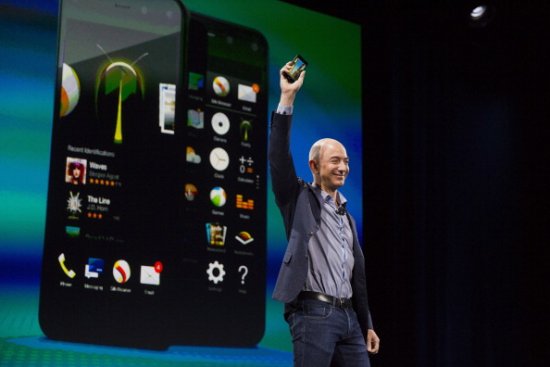
A curious wrinkle to a complicated, over-crowded market

This post is in partnership with Fortune, which offers the latest business and finance news. Read the article below originally published at Fortune.com.
Nobody in their right mind is going to swap an iPhone for an Amazon Fire — a shopping machine that calls itself a phone, as Quartz’ Dan Frommer deftly put it.
That said, the smartphone unveiled by CEO Jeff Bezos in a Seattle warehouse Wednesday is a serious device that puts the business models of two tech giants in a new light.
“Apple and Amazon are much more alike than they are different,” Asymco’s Horace Dediu wrote last summer in an essay called The Anti-Apple. They’re both in the business of “delighting customers” in controlled, predictable environments with convenience and ease of use. They both have huge customer bases (800 million for Apple, 250 million for Amazon). And now they both sell smartphones. For roughly the same price.
The main difference is that Apple’s mission, as Tim Cook never tires of saying, is to make the very best products.
Amazon’s Fire doesn’t have to be the best. It just has to be good enough. Its mission is to make impulse buying at Amazon’s growing retail empire even more friction-free. If it does that well – using a point-and-buy feature called Firefly — some portion of those 250 million customers will trade up for one.
But they won’t trade down. Compared with an iPhone, Apple loyalists sniffed Wednesday, Fire’s user interface is “a mess.” It only runs, for now, on AT&T’s network. There won’t be a flood of new apps until developers are persuaded that it’s going to take off. And because it uses a forked version of Android, it can’t run apps purchased on either Apple’s App Store or Google Play.